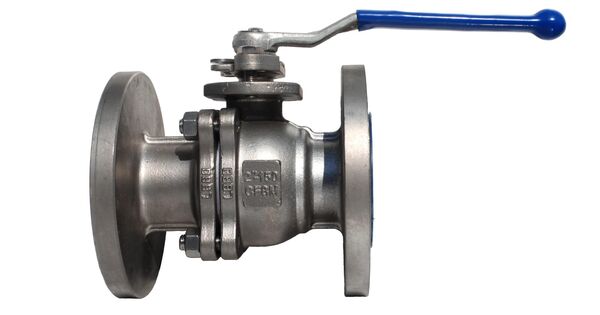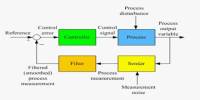A ball valve is a flow control device that uses a hollow, perforated, pivoting ball to regulate fluid flow. It is a type of valve used to regulate the flow of liquids or gases via a pipeline. It is made up of a hollow, perforated, pivoting ball (or spherical) that regulates the flow through it. When the valve is opened, the ball’s opening aligns with the pipe, allowing fluid or gas to pass through. When the valve is closed, the valve handle rotates the ball 90 degrees, preventing flow by putting the solid part of the ball against the pipe opening.
It is open when the hole through the center of the ball is parallel to the flow inlet, and closed when the valve handle is turned 90 degrees, preventing flow. When open, the handle is flat and aligned with the flow, and when closed, it is perpendicular to it, allowing for easy visual confirmation of the valve’s status. The shut position could be 1/4 turn clockwise or counterclockwise.
Here’s how a ball valve typically works:
- Open Position: In the open position, the ball’s port aligns with the direction of the flow, allowing fluid or gas to pass through the valve without obstruction. This is achieved by rotating the handle or lever attached to the valve, which turns the ball inside the valve body.
- Closed Position: When the valve is closed, the ball is rotated perpendicular to the flow direction, blocking the passage of fluid or gas. This seals off the flow completely, preventing any further movement of the substance through the pipe.
Ball valves are known for their reliability and ability to provide tight shut-off, making them suitable for applications where leakage cannot be tolerated. They are commonly used in industrial applications, such as in pipelines for water, oil, gas, or other fluids, as well as in residential plumbing systems and various other industries.
Application
Ball valves are widely utilized in industrial applications that require reliable shutdown. They are frequently chosen for their durability, convenience of use, and ability to deliver a tight shutdown even after extended periods of inactivity. They are also utilized in domestic plumbing, such as water shut-off valves.
Ball valves are resilient, operating well after many cycles, and dependable, closing securely even after extended periods of inactivity. These characteristics make them a good choice for shutdown and control applications, where they are frequently favored over gates and globe valves, but they lack the fine control that those alternatives provide in throttling applications.
















